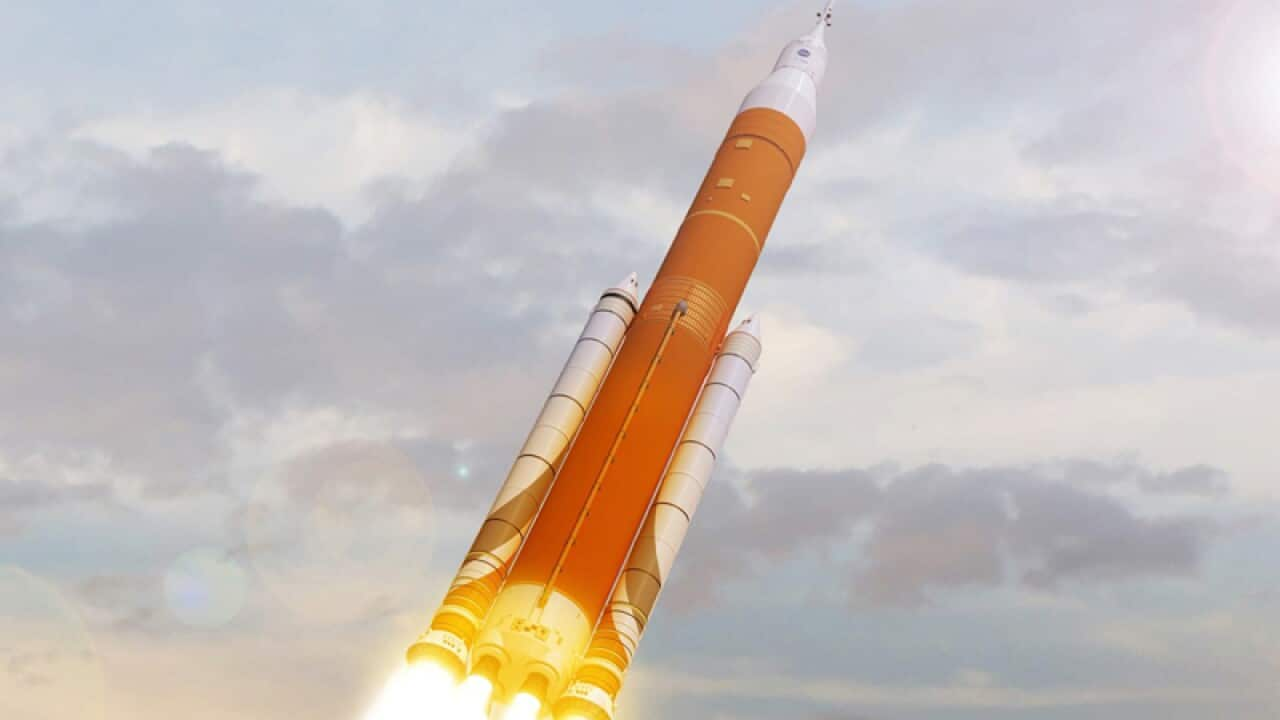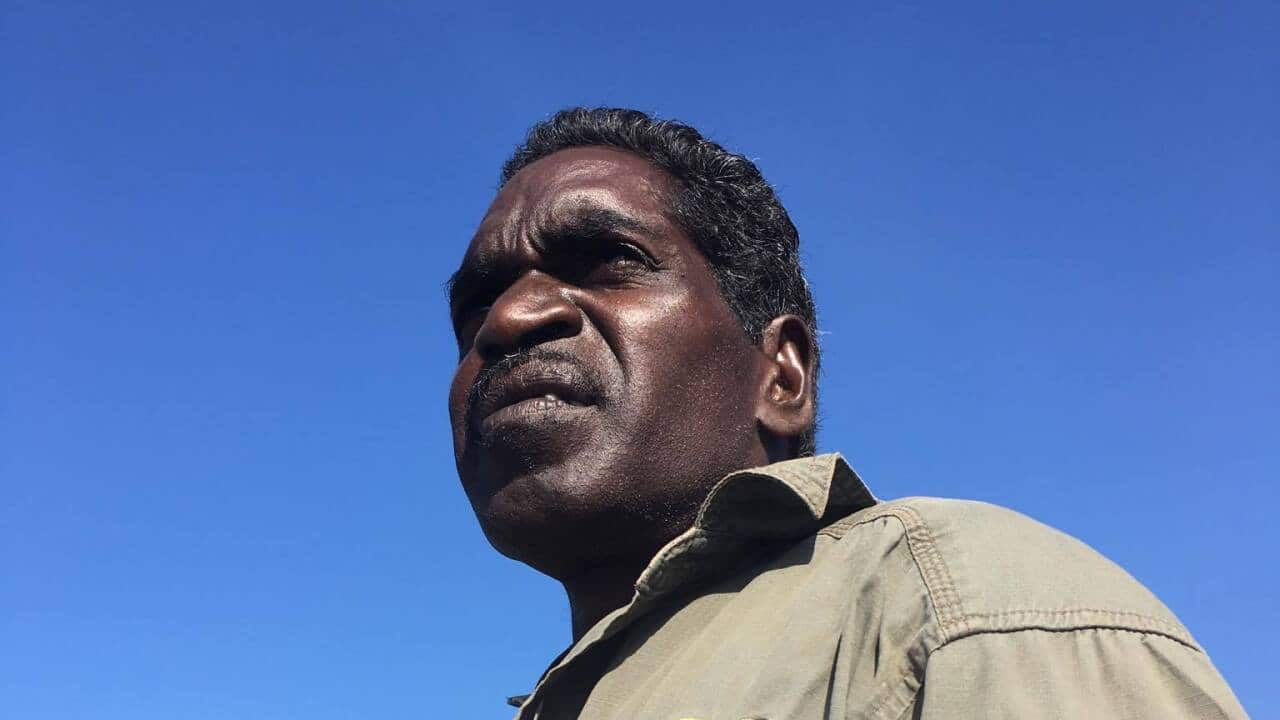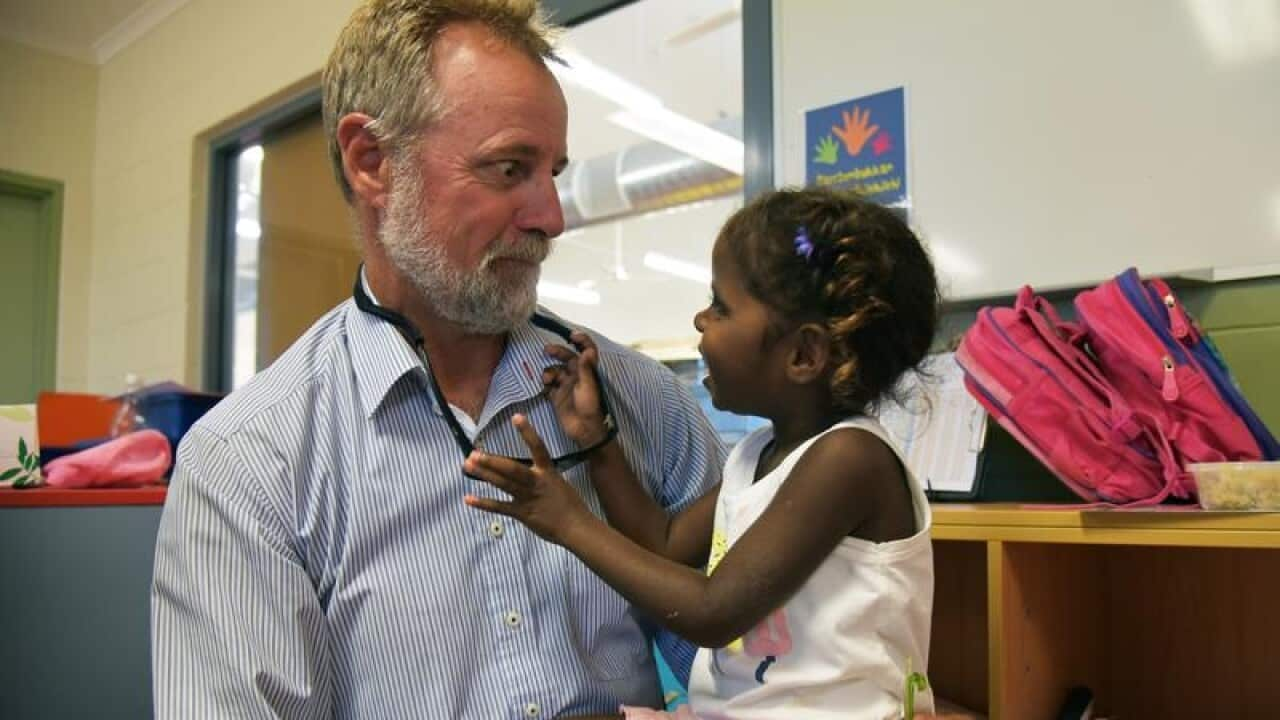Gumatj Corporation, which is partnering with rocket-launching company Equatorial Launch Australia (ELA) in North East Arnhem Land, is one of 43 recipients of the $1.7m Remote Aboriginal Development Fund, given out to Indigenous businesses in the Northern Territory.
Gumatj Corporation CEO Klaus Helms welcomed the NT Government’s announcement of a $68,000 grant, and said the money was “a nice surprise”.
“Pity it wasn’t a lot more, but what we got we’re happy for. It’s sufficient,” Mr Helms told NITV News.
“We actually don’t apply very often for funds; we try to do things on our own as best we can, but on occasions, there are areas of businesses where a little help can go a long way to get things moving.”
Under Gumatj’s Corporation current plan, the Arnhem Land Space Centre will be launching rockets from a site on the Dhumpuma Plateau, on the Gulkula escarpment.
It is hoped the facility will provide local Yolngu people with a substantial share of the space and tourism industries.
Mr Helm says the money from the Remote Aboriginal Development Fund will be used to start developing the land for the site. Immediate plans include a cadastral survey to establish boundaries, a land subdivision and lease registration for the space base.
“The development, from our part, is more to do the land aspect of it — to provide a leased area, a plateau, and a sublease so that they could develop a small spaceport of 65 hectares, from around 265 hectares, which is the main lease that we took out,” he explained.
“The natural site within the site is very dense terrain which we have to survey, so we have some Indigenous people going in there very soon to start marking out the survey pegs and the baseline, working with the certified surveyors and that’ll all be consolidated and that information will then go on to lead the construction of the site.”
The Gumatj Corporation CEO has also stressed that the space station is only one of their many investments and areas of development, which currently include cattle farms, butcher shops, timber industries, as well as the first Indigenous-owned and managed bauxite mine.
“What we’re trying to do is to find opportunities where we can develop the Northern Territory, in particular, this part of Arnhem Land.
“If mining giants go away, like [if] Rio Tinto leaves this area, [we want to ensure] that we have a business branch that can keep functioning,” he said.
Chief Minister Michael Gunner says the remote grants back Indigenous businesses to shape an integral part of the Territory's economic future.
"These grants will support local jobs, deliver economic opportunities in some of the Territory's most remote communities and boost capacity building initiatives for Aboriginal organisations," he told AAP.
Mr Helm agrees.
“A lot of people are sceptical about this [space station] happening, but they were sceptical about an Aboriginal company to have a bauxite mine, and they were sceptical about an Aboriginal company being able to run a timber industry, but we managed to do that and we just got to keep pushing forward. The more opportunities and the more doors that we open the more prospects we got to succeed in.
“If we always say, ‘no, it’s too hard’ or we don’t take these opportunities, we’re never going to get ahead.
Other Remote Aboriginal Development Fund recipients include the Hermannsburg Historical Precinct, which received financial support for infrastructure works, and the Baniyala Garrangail Aboriginal Corporation for a resident business manager for the next three years. Aboriginal Peak Organisation NT will receive money to strengthen governance and management in businesses.














